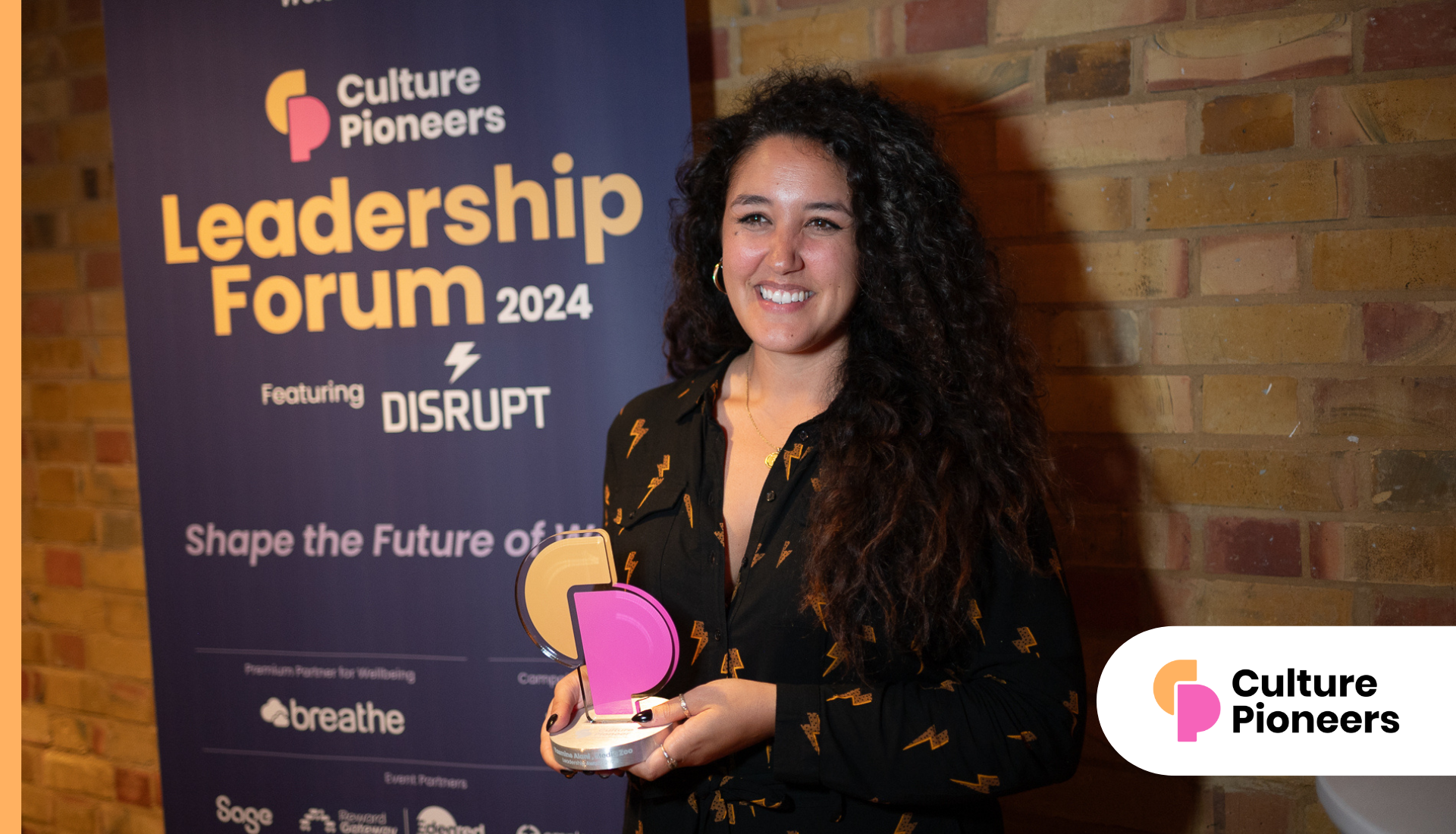To say HR teams have had a tough set of challenges thrown their way over the last two years would be an understatement. From the global pandemic to the Great Resignation, and now the cost of living crisis.
So, as HR teams continue to grapple with ever-changing challenges, to help them remain resilient in the year ahead, here are the top three trends that I believe HR teams should be prioritising.
1. Companies have made their bed, now they need to figure out how to lie in it
Following the winding down of Covid-19 restrictions and a return to (a new) normality this year, HR teams have been busy establishing hybrid working policies. Their challenge now? Figuring out how to cement this philosophy as part of their business culture.
While managing a hybrid working policy, we may see the effects of ‘presenteeism’ come into play
A new set of rules and expectations for employees will bring with it a whole new set of challenges. The largest one of all will be figuring out how to effectively lead and manage employees working virtually. This will become especially complex as businesses navigate a difficult economic period and productivity comes into the spotlight when this happens.
However, while managing a hybrid working policy, we may see the effects of ‘presenteeism’ come into play. Research shows that it is human nature to trust those who are physically present to us to a greater extent. This can have serious consequences for businesses, especially when it comes to giving fair promotions, talent attraction and retention, and balancing the preferences of all members of staff.
On the flip side, if businesses haven’t got a handle on how to lead people virtually, ‘quiet quitting’ becomes much easier as employees are less visible. So it brings challenges for both engaged and disengaged employees.
This so-called ‘productivity paranoia’ is going to be an issue for HR teams as we start to see this tension play out. To help combat its effects, businesses need to shift their mindsets around what it means to be productive – instead of focusing on where and how long employees work, measurement must shift to being based on impact and results.
2. Multi-generational workplaces
In the same vein, managing a multi-generational workforce poses a similar challenge for HR teams. As Gen Z continues to climb the career ladder and a new ‘Great Unretirement’ trend emerges as a result of the rising cost of living, we could see up to five generations working together.
While the collaboration of varied ideas and experiences is undeniably a positive force, it also comes with challenges. It’s no surprise that currently, only 6% of businesses believe they are equipped to adequately lead a multi-generational workforce when faced with juggling five generations worth of differences, priorities and preferences.
An abundance of rich and diverse insight will drive innovation and help businesses to prosper
For example, not only do different generations typically favour different working models, but they also have preferences when it comes to employee benefits and perks. Each of these elements is important for both talent attraction and retention, but an aligned and happy workforce also fosters productivity and business success. In 2023, businesses need to strike the right balance to ensure employees of all ages and levels feel listened to and supported.
3. Embedding diversity into your framework
Finally, although diversity and inclusion is not a trend, it is and should continue to remain a central focus for businesses. Recent research found that 96% of organisations plan to undertake D&I initiatives over the next year. But while the appetite is there, companies need to be sure that their efforts, and indeed their cash, are being utilised efficiently.
When I first began my career, I would have been hard-pressed to believe that I would now be working with a colleague whose role is solely focused on diversity and inclusion. But while growing a diverse workplace is the moral choice, it is also the smart one. An abundance of rich and diverse insight will drive innovation and help businesses to prosper.
But to do this effectively, the investment must be widespread. Whilst currently businesses typically focus their D&I efforts on sexuality, gender and race, to truly move the dial, we need to move beyond this. We need to incorporate diverse educational, socioeconomic and neurodiverse backgrounds. By doing so, we’ll naturally hire more women and people from minority ethnic backgrounds, but they’ll also bring with them different thoughts and experiences.
Take 2023 by the horns
In 2023, HR teams must look to incorporate a more nuanced version of D&I – one which promotes equality, diversifies the workforce and ultimately enables them to drive greater innovation whilst being a force for good.
2023 is HR’s opportunity to embed these nuanced approaches into the company culture
2022 has undoubtedly been a year of enormous change, and 2023 is HR’s opportunity to embed these nuanced approaches into the company culture. Successful businesses put their people and culture as central to critical business operations, one that will protect their company and customers in tougher times. To weather the storm ahead and ensure they come out on top, businesses must continue to foster a sustainable and long-term approach to people strategy – one that works in both good and challenging times.
Interested in this topic? Read Virtual inclusivity: How to establish an inclusive culture while remote working.
[cm_form form_id=’cm_65a14c3f5da64′]










